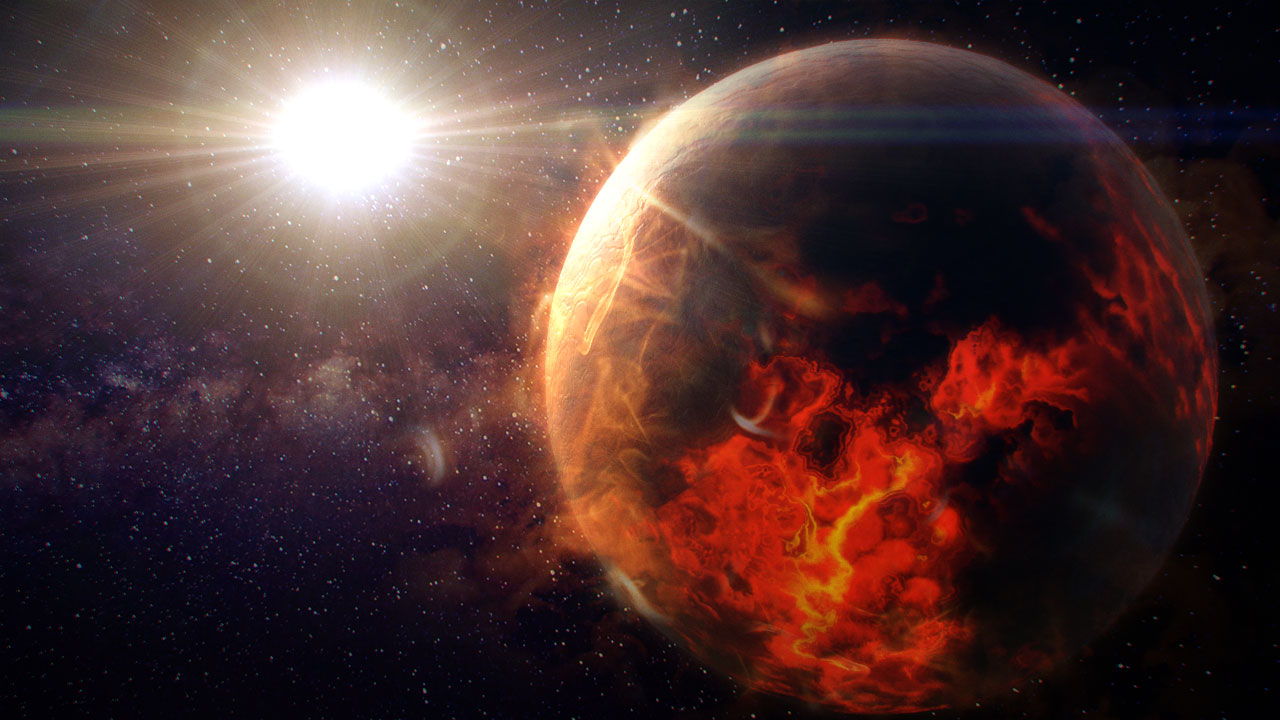Let's be honest with one another: We all need a procedural lava material the way Frodo needs the lava river at the bottom of Mt. Doom. Lucky for us both, this chapter covers exactly that. From the charred, igneous, black crust to the bright glowing yellowy-orange magma cracks, and everything in between, Blender + Cycles offers the nodes we need to get the job done without painting a single texture or unwrapping a single UV island.

This lava material is designed to be a realistic, robust shader inspired by photographic reference. The result is a fairly complex node network that can be confusing to navigate if we don't stay organized. The key take-aways from this chapter:


CC Music: "Bilderbergin" by Robbero